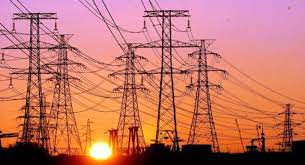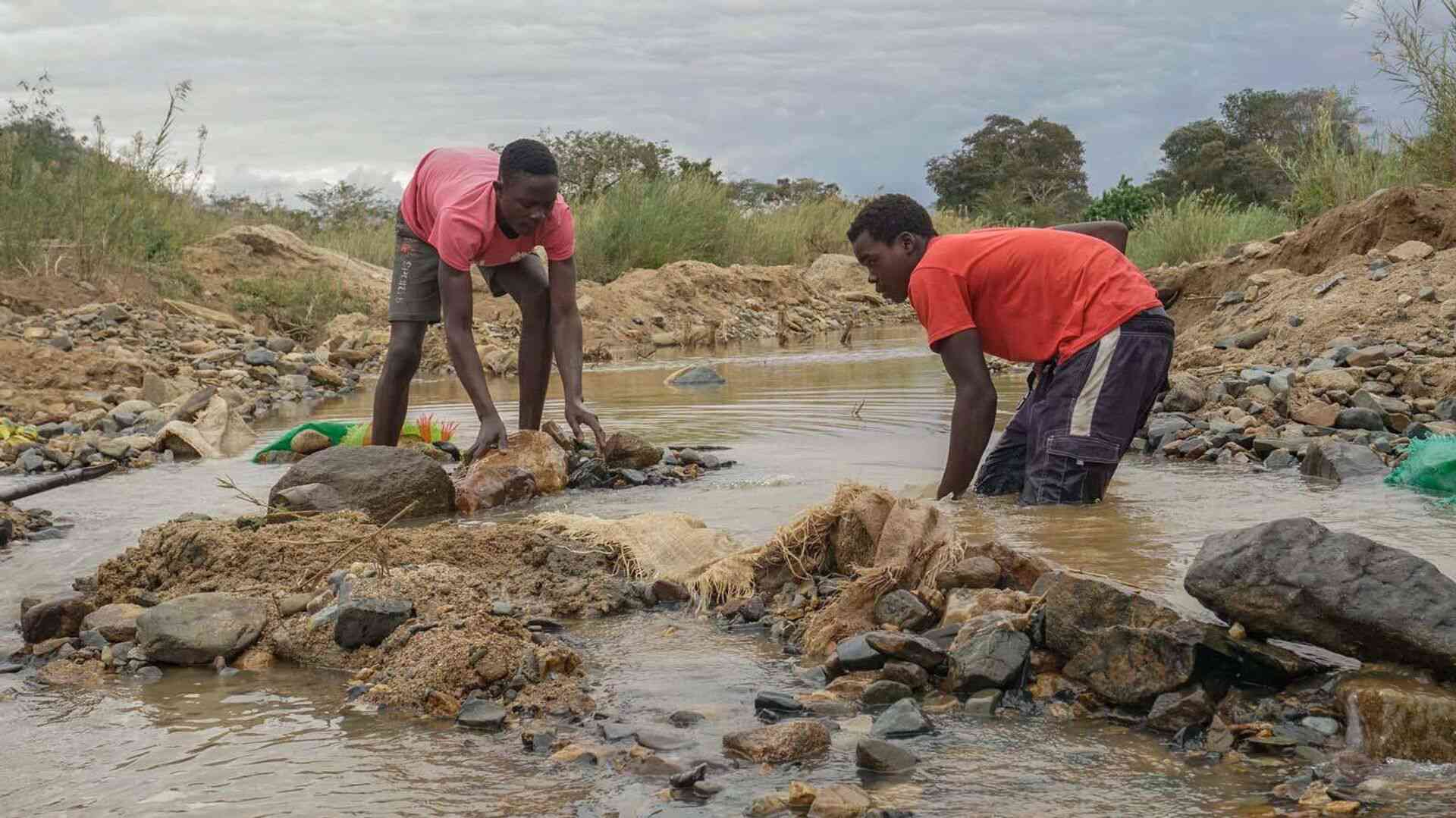
ZIMBABWE is currently facing a severe energy crisis because its major sources of electricity are struggling to keep up with demand.
On the other hand, the government has been taking a piecemeal approach in addressing this crippling power situation, which has seen business projecting that industry will lose US$4 billion this year.
While neighbouring countries have been facing similar challenges, they have shown intentions to address the crisis.
Regional economic powerhouse South Africa has gone further to appoint a Minister of Electricity in the Office of the President. Zambia has been making efforts to ramp up power generation at Kariba and has been exporting power to Zimbabwe.
The current Energy minister Zhemu Soda is out of his depths at a time when the country is facing a crisis.
No concrete strategy has been crafted to rescue the country from the load-shedding black hole.
Lake Kariba — where Zimbabwe gets 57% of its electricity — has low water levels due to climate change. At the moment the dam, which sits on the border between Zimbabwe and Zambia, is producing just about 34% of what it usually can.
On top of this, Hwange Power Station — which provides Zimbabwe’s electricity through coal-powered thermal generators — is producing less because of old and deteriorating infrastructure.
- Zim headed for a political dead heat in 2023
- Record breaker Mpofu revisits difficult upbringing
- Tendo Electronics eyes Africa after TelOne deal
- Global agency downgrades Zimbabwe’s growth projections
Keep Reading
At the moment Zimbabwe is being fed with news of an impending switching on of power at the new Hwange 7 and 8.
But, interestingly, load shedding has spiked to unbearable levels.
Blackouts are lasting close to 18 hours in some suburbs, while industries, which were being spared are now facing the same crisis.
Production in the manufacturing sector has been hard hit, while rumours of mass retrenchments swell.
Unfortunately, the government has been taking a lackadaisical approach to the crisis.
Going forward, it is critical for the government to take a short-term approach to address the crisis.
Nepal and Bangladesh are good examples of the importance of implementing a short-term approach to a crisis.
In 2014, Nepal was experiencing up to 12 hours of power cuts for the residential and industrial sectors. This was finally stopped in 2017. Nepal invested heavily in run-of-the-river micro-hydropower plants.
These are hydroelectric systems that harvest energy from flowing water to generate electricity in the absence of a large dam and reservoir.
This is opposed to conventional hydroelectric power plants, which rely on the power of water falling a large distance.
It all paid off when water levels in major rivers rose and power could be generated.
By 2018, the country produced 1000 megawatts (MW) from 782 MW in 2016.
Zimbabwe relied heavily on the Kariba power station, without establishing other hydropower plants.











